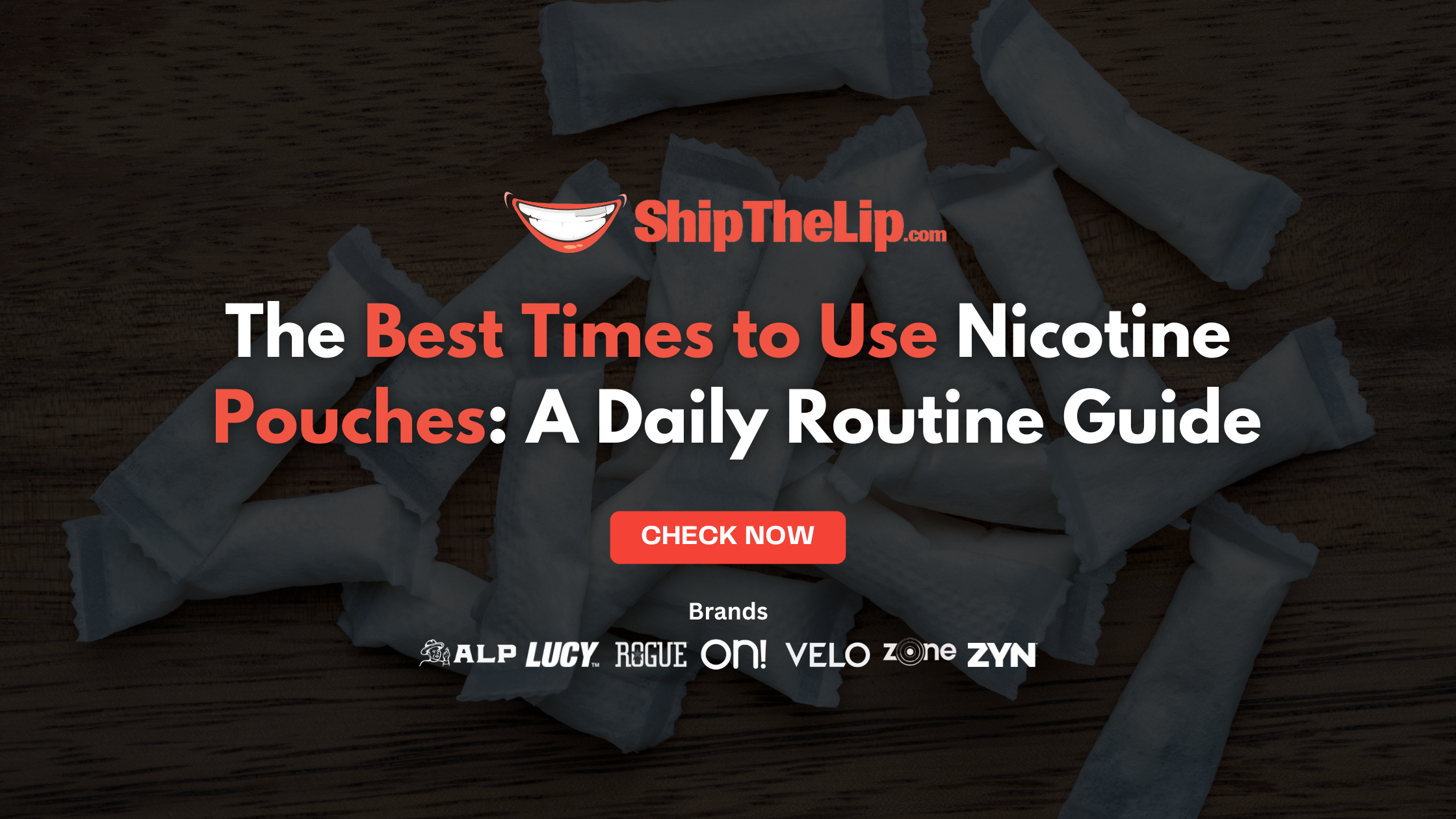In recent years, nicotine pouches have evolved from niche smoking cessation aids to a mainstream product that resonates with modern lifestyles. With brands like Zyn, On!, and Velo capturing market share and social media buzz, these discreet, smoke‐free pouches are not just a product—they’re a cultural phenomenon. In this post, we explore how nicotine pouches have ascended in pop culture, the forces driving their popularity, and the debates surrounding their impact.
From Alternative Product to Pop Culture Staple
A Shift in Nicotine Consumption
Traditionally, tobacco use was associated with cigarettes or chewing tobacco. However, as consumers began seeking alternatives that offered convenience and discretion, nicotine pouches emerged. These products deliver nicotine through buccal absorption, eliminating the need for smoke or spitting. With flavors ranging from mint and citrus to more adventurous options, they quickly found favor among users looking for a “cleaner” nicotine fix.
Enter the Era of the “Zynfluencer”
Social media platforms such as TikTok, Instagram, and YouTube have played a major role in popularizing nicotine pouches. Influencers—dubbed “Zynfluencers”—have posted content ranging from taste tests to lifestyle vlogs, where they casually feature a pouch in their daily routines. This grassroots promotion has not only normalized the use of nicotine pouches but has also contributed to their “cool factor” among younger adults. As one Guardian article noted, the subculture around products like Zyn has helped cement them as a go-to alternative for a generation looking to dodge the stigma of traditional smoking while still chasing that nicotine buzz.
Celebrity Endorsements and Media Coverage
Celebrity Influence and Mainstream Acceptance
Celebrities have not been immune to the allure of nicotine pouches. High-profile figures—from athletes to media personalities—are occasionally spotted using these products. For example, former footballer Jamie Vardy has publicly mentioned using nicotine pouches in his autobiography, lending an air of acceptance and even trendiness to the product. Meanwhile, pop culture icons on podcasts and in interviews have discussed how these products fit into a busy, on-the-go lifestyle.
Mainstream Media’s Take
Major media outlets have also turned their attention to nicotine pouches. Articles in People and the Financial Times have dissected the rapid growth of the market, highlighting record sales increases and the strategic investments by tobacco giants like Philip Morris International. Coverage often juxtaposes the convenience and perceived lower risk of pouches with concerns about their long-term health effects and potential appeal to younger demographics.
The Social and Cultural Dynamics
Discretion Meets Lifestyle
One of the biggest selling points for nicotine pouches is their discretion. Unlike smoking or vaping, these small pouches can be used anywhere without the tell-tale odor or visible vapor clouds. This quality has made them particularly attractive in settings where smoking is frowned upon—whether at the workplace, during social gatherings, or even in high-stakes sports environments. Their integration into everyday life has redefined what it means to “take a break” in today’s fast-paced world.
Pop Culture Memes and Trends
The rise of nicotine pouches has generated its own set of pop culture memes and slang. Terms like “Zynning” have begun circulating online, and the playful marketing language (e.g., “Can't smoke? Can't vape? Can Zyn?”) has sparked a variety of humorous and ironic references. This mix of humor and lifestyle branding has helped nicotine pouches carve out a niche that straddles both health-conscious choices and indulgence in a momentary buzz.
Controversies, Regulation, and Health Concerns
Regulatory Scrutiny and Youth Appeal
While nicotine pouches are marketed as a safer alternative to traditional tobacco products, they are not without controversy. Regulatory bodies are closely watching their marketing strategies, especially given the concerns that flavors and discreet usage could lure younger consumers. Research and policy debates continue to question whether these products might serve as gateway products, despite claims of being “tobacco-free”
Health Implications and Expert Opinions
Health experts acknowledge that while nicotine pouches may reduce exposure to some of the harmful substances found in cigarettes, nicotine itself is an addictive stimulant. Long-term effects remain under investigation, with concerns ranging from gum irritation and dental issues to cardiovascular risks. Public health discussions emphasize that the safety profile of these products still needs more research, particularly regarding their impact on adolescent brain development.
Conclusion: A Cultural Moment in Transition
The rise of nicotine pouches in pop culture and media encapsulates a broader shift in how society approaches nicotine consumption. They represent a modern twist on an age-old habit—one that appeals to convenience, discretion, and the aspirational lifestyle projected by social media influencers and celebrities. However, as with any emerging trend, the excitement is tempered by legitimate concerns over health impacts and regulatory oversight.
For businesses and consumers alike, understanding the cultural dynamics behind nicotine pouches is essential. Whether you’re a retailer looking to capitalize on this trend or a curious consumer navigating the changing landscape of nicotine products, staying informed is key. As this niche continues to evolve, it will undoubtedly shape conversations not only about personal choice and wellness but also about the future of tobacco alternatives in a digitally driven society.



